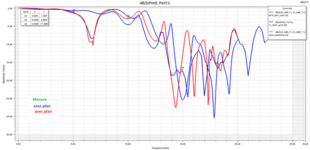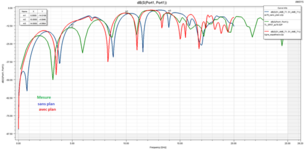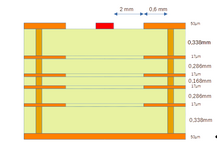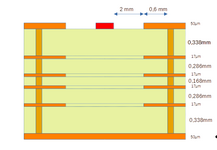andiaye33
Newbie
Hello,
I’m simulation a Grounded CPW wint w=3.3mm, h=1.6 and g=2mm
in HFSS and getting invalid results near 10GHz.
Can someone help me please
Any suggestions are welcomed.
I’m simulation a Grounded CPW wint w=3.3mm, h=1.6 and g=2mm
in HFSS and getting invalid results near 10GHz.
Can someone help me please
Any suggestions are welcomed.




